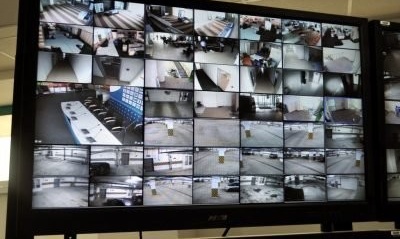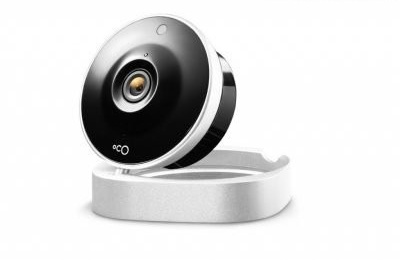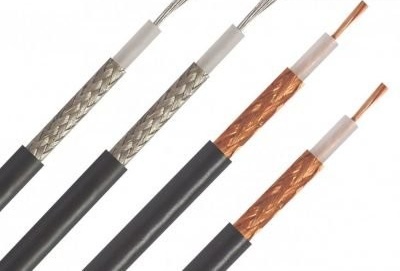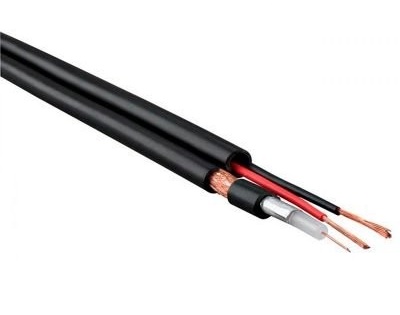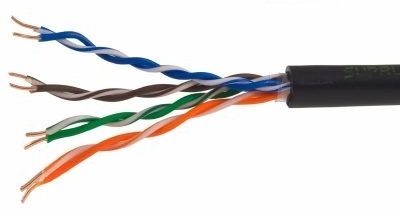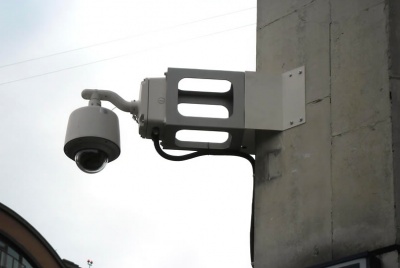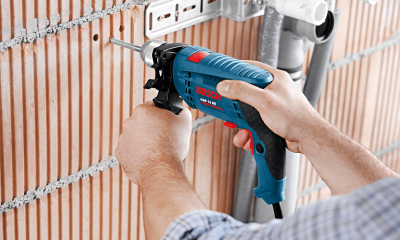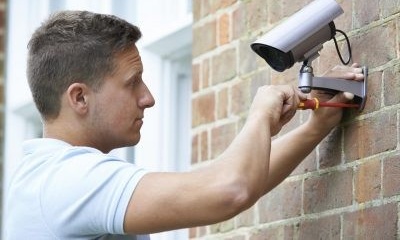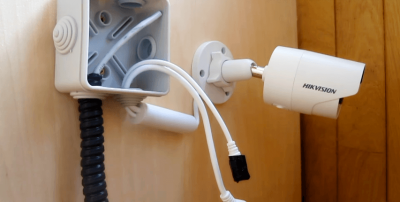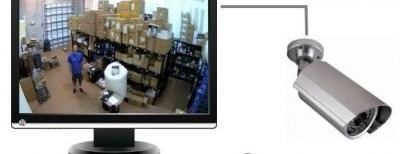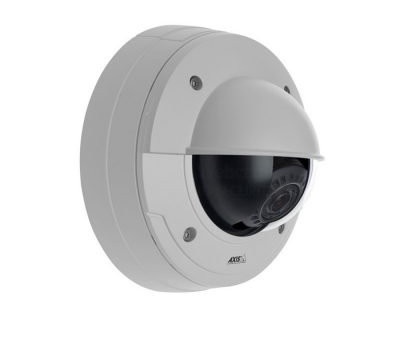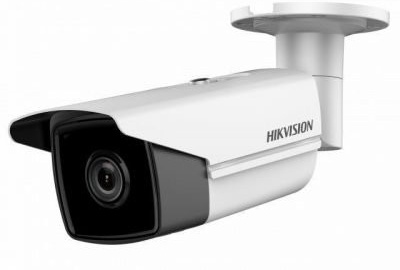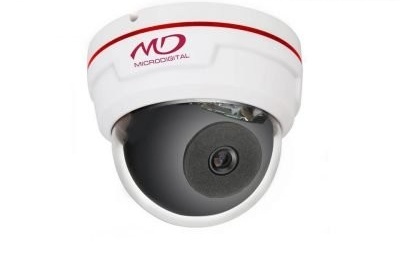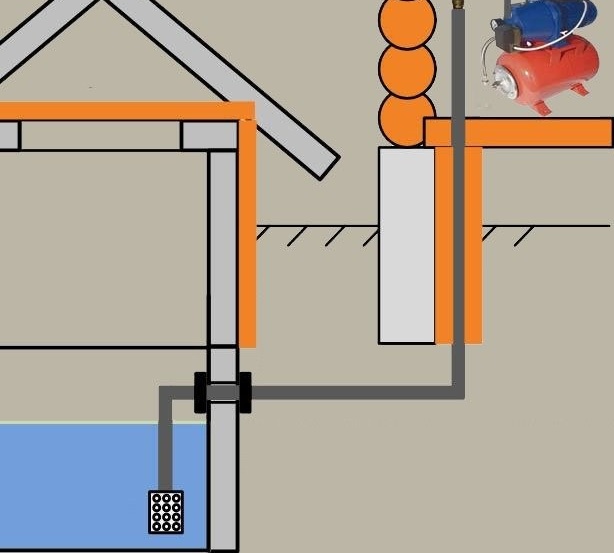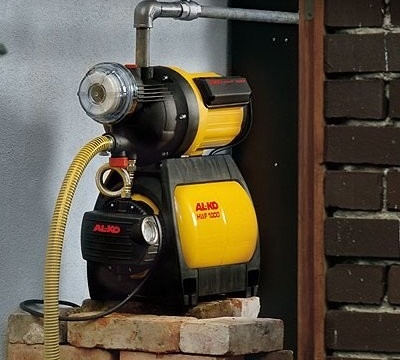Video surveillance for home and garden: how to take into account all the nuances and put the camera in the best way
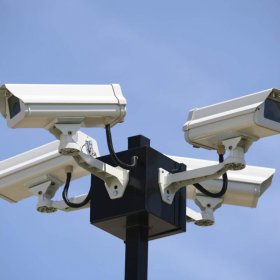
Complexes of equipment for video surveillance are often used in private homes or in country cottages. Different types of systems include several elements and have a certain principle of operation. Simple models are easy to install with your own hands, but knowledge of the features of the equipment is necessary in any case.
Content
What is a CCTV system?
Ensuring the security of a private house or a country cottage includes several stages, among which the installation of a video surveillance system is important. A set of devices allows you to monitor the safety of property and timely take the necessary actions. The equipment for video surveillance includes video cameras, devices for receiving a signal and other components.
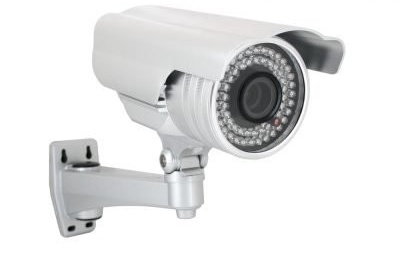
The CCTV camera transmits the video image located in its coverage area to the viewing and recording devices
Complexes of devices for video surveillance are used to record events that occur with protected objects. Such a function is necessary both for business centers or industrial buildings, and for private cottages and summer cottages. In the absence of the owner, the devices allow you to record everything that happens on the served territory, to see and identify attackers, or to prevent their actions.
The principle of operation of any video surveillance system is based on visual control of a specific area of space.
The signal and image comes from cameras located around the perimeter of the site or inside the house. The data comes on the display, while additional information analysis can be carried out. In any case, the system includes video cameras, lenses, monitors and video recorders. As additional equipment, microphones, motion sensors, signal splitters and other devices can be used.
DIY system installation
Installing a simple video surveillance system on your own is quite simple. The whole process of work is divided into several stages. Previously, it is worth familiarizing yourself with the design features of video cameras, their connection methods and other important points. The location of all cameras and their viewing angle are determined before installing the system.To do this, create a plan diagram that will help determine the required number of cameras.
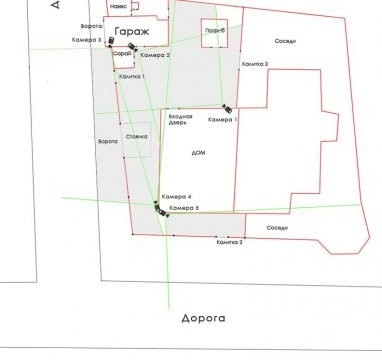
A sample plan should take into account the viewing angles of cameras and their resolution so that blind spots do not appear on protected objects
Equipment selection
Manufacturers offer an extensive selection of equipment for video surveillance. All systems are divided into several types, which differ in characteristics and features.
Wired (cable) systems
A common option is a wired video surveillance system in which a cable is used to connect all the elements. Typically, a minimum of 8 cameras are required to cover a medium-sized area. Such systems are used in production areas, industrial enterprises and in suburban areas.
The wired system is reliable, because the cable provides a stable transmission of information in any conditions. From an aesthetic point of view, a wired video surveillance system is not always appropriate, because a wire is supplied to each camera. The best option is to lay the cable at the stage of repair or construction of the building, when it can be hidden under the walls or ceiling. Installation requires a lot of time and careful organization.
Wireless video surveillance systems and GSM-alarm system with a video camera
Wireless devices do not require complex actions during installation, because there is no need to lay and connect the cable. The cameras transmit the signal to a special receiver. GSM alarm is the most common option. The system is a video camera and signal receiver. This option is optimal for the protection of facilities where there is no stable Internet connection of a wired type: a cottage, a country house, construction sites, parking lots, etc.

GSM alarm system includes a video camera, security sensors and control devices connected to the base unit via a radio channel
Hidden mini-cameras are compact and invisible in the environment. Managing such devices is quite simple, and their small dimensions allow you to install them anywhere on the site or inside a private house or cottage.
Wi-Fi camera with recording function
A practical video camera with the ability to record is optimal for moving objects, but it is often installed in country houses or in summer cottages. At the same time, the device has certain disadvantages:
- small radius of signal propagation;
- poor immunity to interference;
- exposure to hacking due to work on an open channel;
- periodic decrease in connection speed and deterioration in the quality of video signal transmission;
- the need to charge the built-in battery.
Wi-Fi cameras with recording function are presented in a wide variety and differ in characteristics and appearance. When choosing, you should pay attention to the compliance of the device parameters with the operating conditions. For example, the distance to the subject, the illumination of the territory, the presence of a number of powerful signal sources, etc.
Video: Wireless IP Camera - Setup and Connection
Cable selection
Wired video surveillance systems require the right cable choice.
- Most often, a coaxial wire is used to install analog cameras. When choosing, the maximum cable length from the camera installation point to the receiving device and the laying method are taken into account. Depending on these parameters, the brand of the connecting wire is selected.
- The combined wire is optimal in a situation where the power of the camcorder and the transmission of information is carried out from one point.The wire is also used in the organization of analog video surveillance systems. The cable is a coaxial wire with a resistance of 75 ohms, complemented by two conventional conductors. This feature eliminates the need to arrange a separate camera power line.
- A twisted pair cable is used to connect digital cameras. Such a wire contains several conductors under one sheath. This feature also allows you to connect analog cameras, but at a short distance (10-15 meters): you can supply power along one line, and use the rest of the conductors to install multiple cameras. Twisted pair can be of several types:
- UTP is 8 pairs of twisted wires that are insulated with a common sheath. There is no shielding braid;
- FTP - has a foil braid to protect wires;
- STP - endowed with a copper protective sheath. Each wire in such a cable is solid copper and insulated.
The choice of a specific cable depends on the type of camera, the area of the system and personal preferences. When the distance between the cameras and the receiver is not more than 300 meters, a coaxial wire is often used. On the street, with a large number of video elements, twisted pair cable is used, including in analog systems.
DIY video surveillance system installation
The process of installing a video surveillance system consists of installation work (cable spacing and camera mounts) and equipment settings.
Camcorder Mounting
For the organization of video surveillance in a private house or in the country, it is best to choose one of the ready-made kits, presented in abundance from the sellers of this equipment. Previously, it is worth determining the type of cameras and the viewing angle, depending on their location. Next, the cable is laid to each camera. Then you need to install video elements that have special mounts.
Installing a video camera includes the following steps:
- Drilling holes. It is necessary to drill several (three or more) holes according to a special template, which lies in the box with the video camera.
- Installing the camera with a bracket. For external devices, special brackets are used; for internal devices, the attachment points are simpler. Depending on the type and weight of the camera, it is mounted together with a bracket or each element is installed separately.
- Installation of the junction box. A mounting box is mounted next to the camera, in which the wires are switched.
- Connecting cables and assembling the installation box.
Video: CCTV camera - overview and installation
Camcorder Setup
After mounting and connecting the cable, the equipment is configured. The main steps in this process are as follows:
- Turn on the camera and capture video on the monitor.
- Image adjustment. To direct the camera to the desired zone, you must adjust its position.To do this, the camera is turned in the right direction using the hinges available on the bracket. Additionally, the required zoom level is set by adjusting the focal length in the same way as on the camera (not all cameras have this function).
- Programming settings. This work is performed in the room where the video recording equipment is installed. Settings are set using a special program that can be downloaded on the manufacturer’s website. All necessary instructions are in the same place.
Video: setting up a wireless IP camera
Manufacturers and device models
The range of devices for video surveillance includes many models from various manufacturers. The best known brands are Samsung, Axis Communications and MicroDigital. Each manufacturer presents both individual devices and ready-made kits. The main selection parameters are the type and characteristics of cameras, because the image quality depends on it.
- Axis Communications cameras are diverse, but feature high build quality and image clarity. Outdoor models are weatherproof and made of durable material.
- Hikvision brand products are technical and functional. The manufacturer’s assortment includes dome, network, anti-vandal, PTZ and other camera options.
- The South Korean company MicroDigital presents an extensive selection of systems and components for organizing video surveillance at various sites. DVRs, cameras, control panels and other devices are easy to operate and have strong and reliable housings.
Reviews on equipment from leading manufacturers
Video surveillance devices are diverse, but before you choose it, you should read the reviews. This approach allows you to take into account the nuances of operation, installation and connection of devices.
MicroDigital products have quite positive real user reviews. Some owners of video surveillance systems note the high quality of technology.
There is a 4-channel Microdigital MDR-4500 video recorder and a cattle camera - 303VN. Initially, everything worked as it should, two years ago I carefully removed everything because was being repaired. And actually this year I somehow remembered and decided to put everything back in place, a good thing. Installed, connected the cameras everything as it was before.
Microdigital MDC i4240 IP camera fell into my hands two years ago. The camera’s functionality is slightly cut down (there’s no WiFi), it’s a rather plain design and inconvenient mount, but otherwise the camera is simply amazing: excellent image quality, support for the H264 codec (it does not load the local network so much), the ability to record to a microSD-card, PoE power, wide viewing angle, there is also a USB connector (for connecting 3G and 4G modems). And finally, the most delicious: the camera has built-in support for the IVIDEON service, that is, you can configure it with any modem, for example, and the camera will broadcast and record the image in the IVIDEON service cloud. A very convenient thing, but this is a topic for another review! :)
Owners of Hikvision cameras note a good resolution and ease of connecting the device.
Hikvision DS-2CD2042WD-I IP Surveillance Camera - Fully Satisfied
Advantages: compactness, high resolution, power and video transmission via one cable, infrared illumination up to 20-30 meters, the ability to install on the street under our weather conditions.
Disadvantages: not yet discovered.
I got a camera in order to look after my car, which I park in front of my windows. Since I live on the second floor, I was advised to take a camera with a resolution of at least 3 megapixels so that at least some details could be considered, in which case. In general, I decided to take this camera, which has a resolution of 4MP. It is installed at a height of about 9 meters, and I park the car at a distance of about 15 meters from the house. So, with all this, thanks to the digital zoom, I can easily see the number of the car, the faces of people who walked next to the car. I installed the iVMS application on my home laptop, on my smartphone and now I can watch an online picture from anywhere, which is very convenient. The camera supports PoE power, but I do not use this function, because I have a regular switch to which it is connected, maybe in the future I will purchase a power supply unit with PoE power and this will allow to carry out only one cable to the camera, through which video will be transmitted and at the same time, power is supplied to the camera. To save space, I set up a schedule for recording on a laptop in the iVMS application so that recording is done only at night while I sleep. It is very convenient. The camera is equipped with infrared illumination, which finishes up to my car in conditions of even complete absence of additional light sources. In the future, I think about how to purchase a DVR for this camera, so as not to occupy a laptop at night, but to completely assign the role of recording to this registrar.
The right choice of video surveillance system for home and garden allows you to ensure the safety and security of property. It is important to choose equipment that meets the needs and operating conditions. The exact connection of all devices is the final point, after which you can begin to use the installed equipment.
